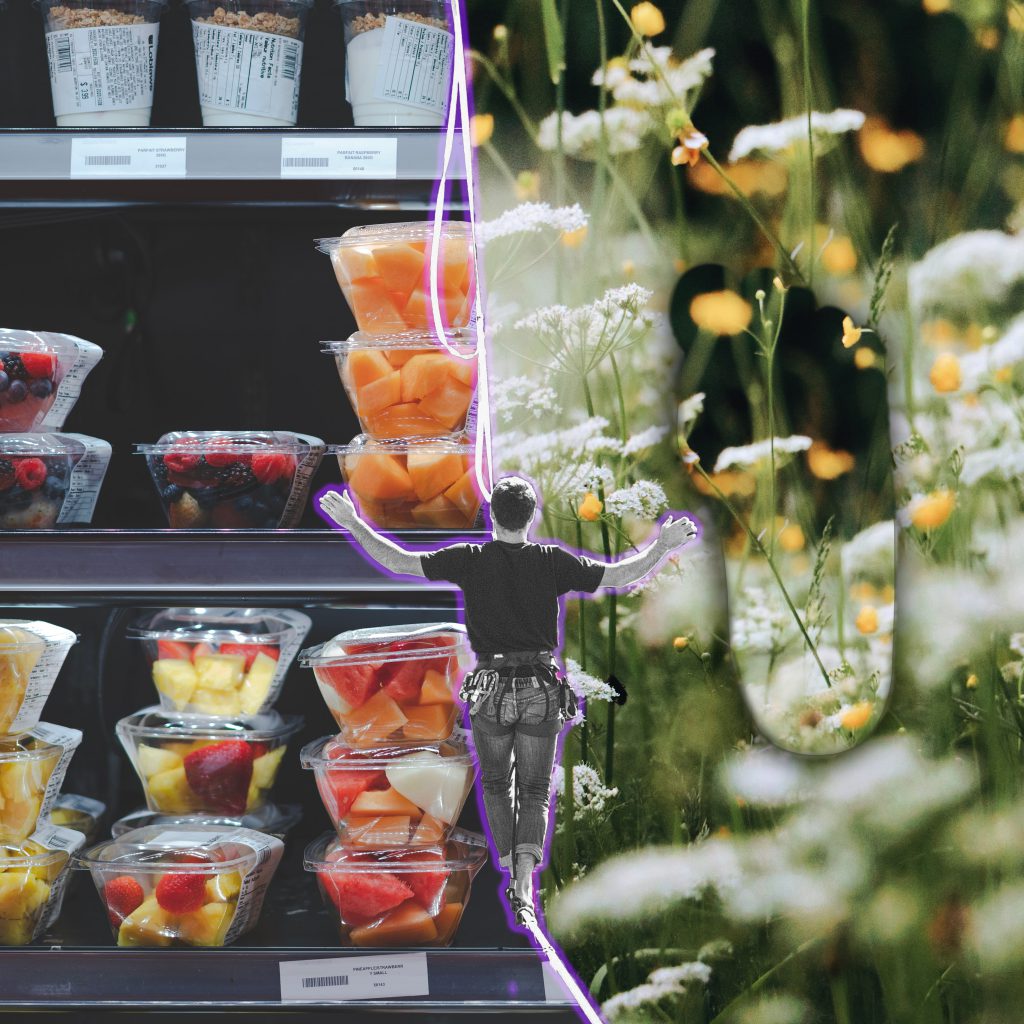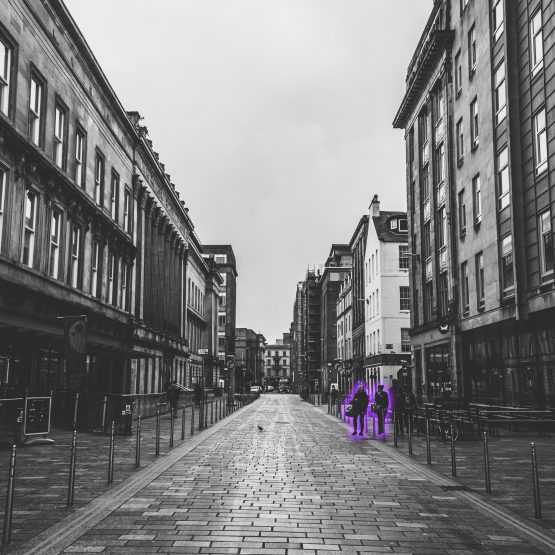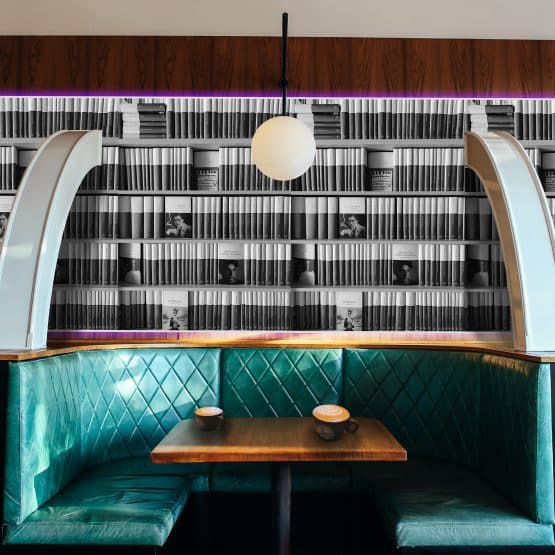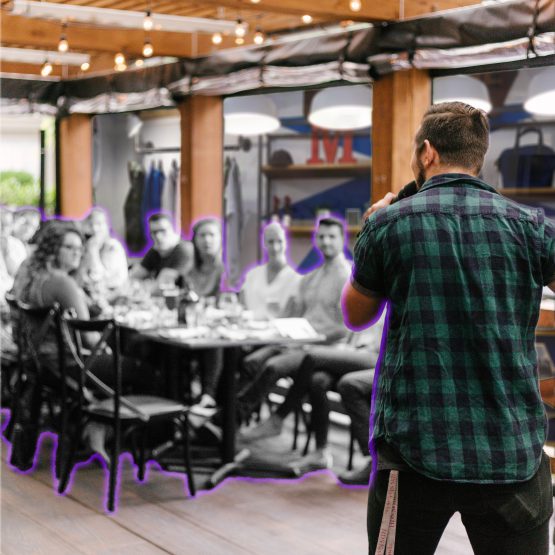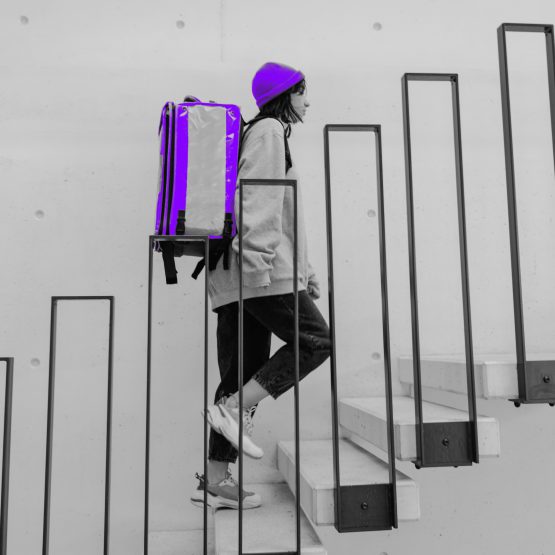Case
ARKET
The fashion brand ARKET collaborated with the clothing service company Circos and lauched a multi-brand kids and maternity clothing rental subscription in Amsterdam. The brand owned by the H&M goup thereby meets consumers’ needs and sustainability goals alike. It helps customers to update their children’s wardrobe frequently and cost-efficiently while the grow out of their garments quickly and extends the overall usage period per garmet at the same time.
Interested in more inspiring cases?
Check out our published editions to dive deeper into the spheres of Reframing Retail.
